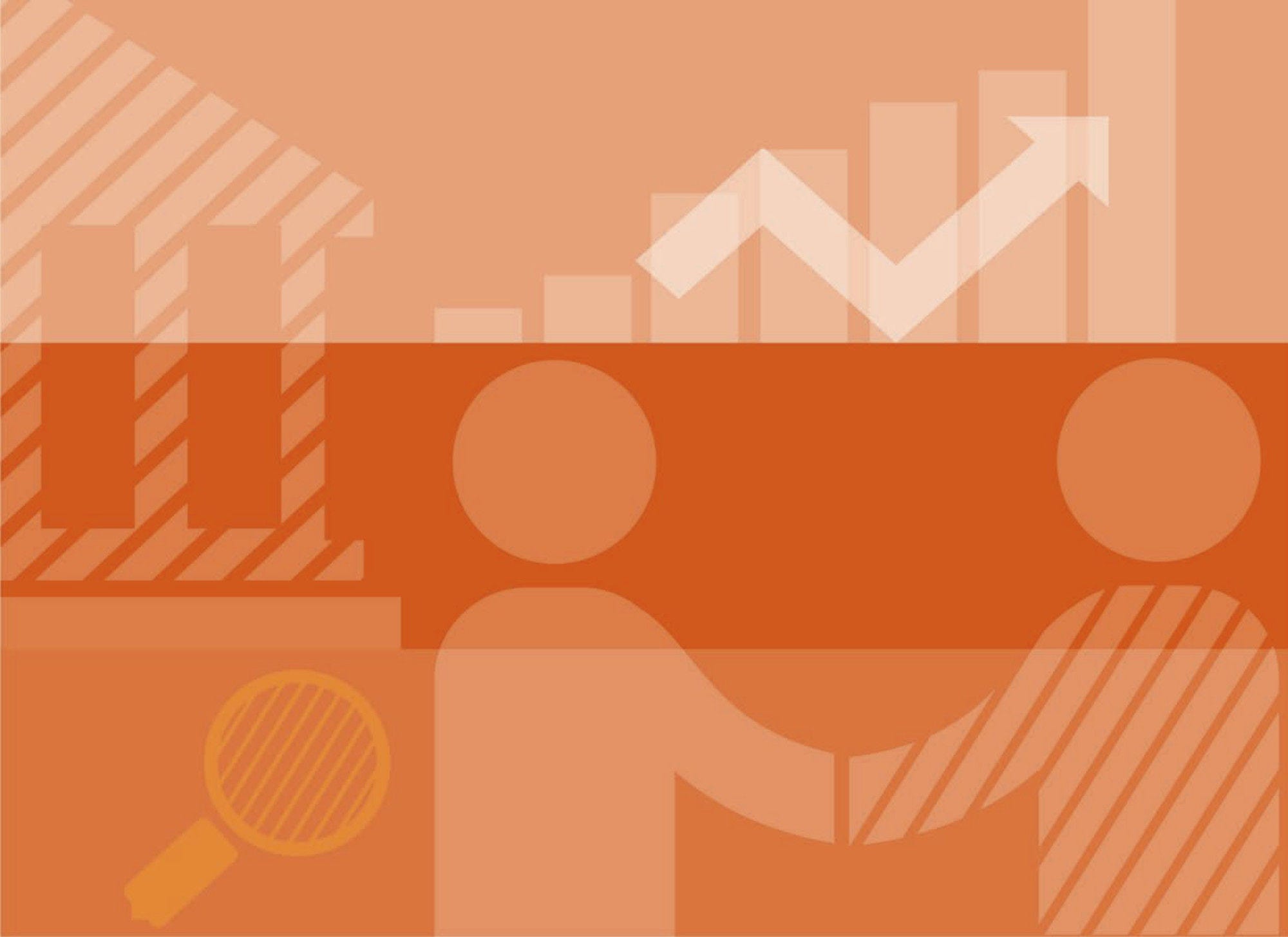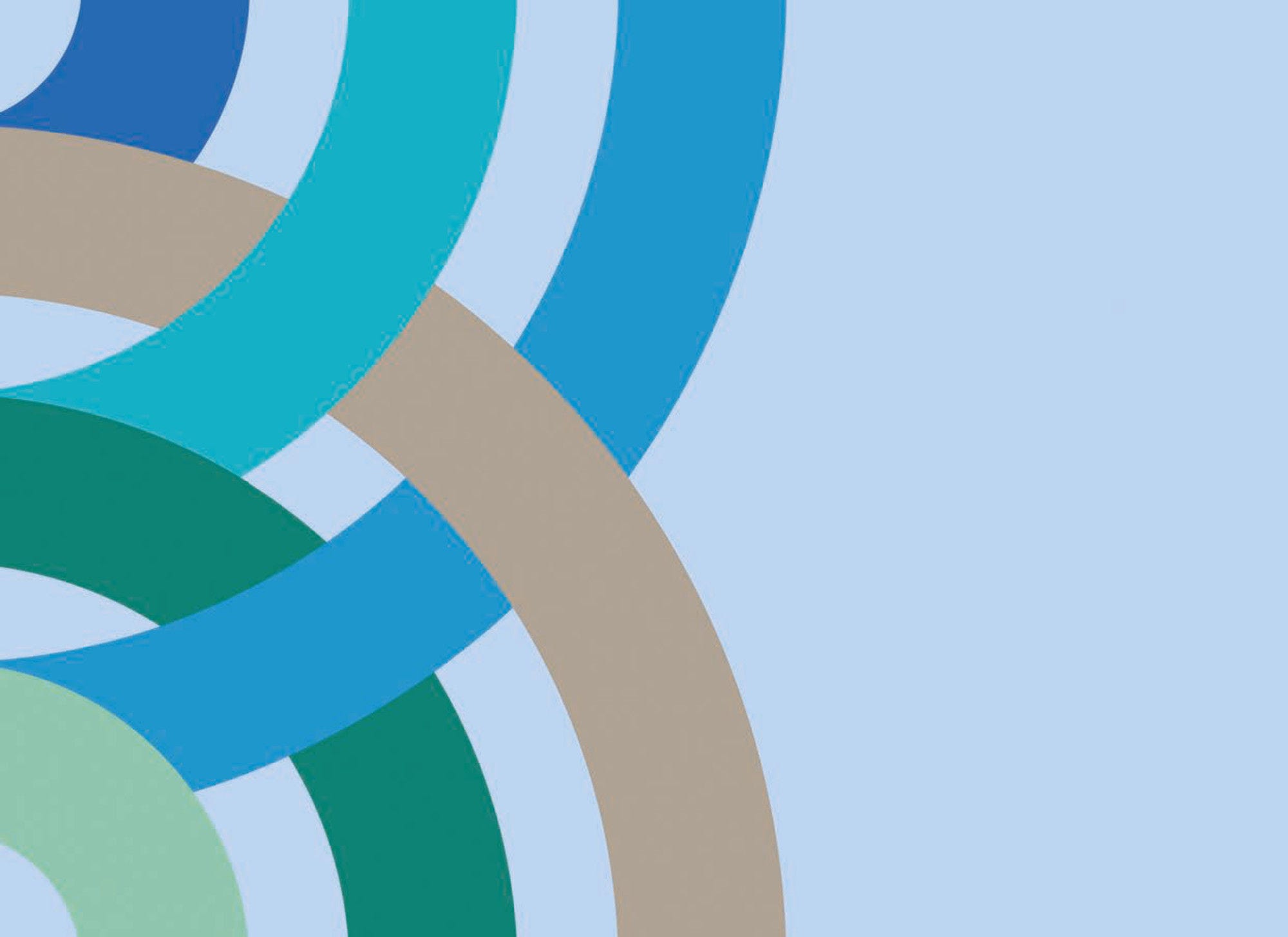Japan has been a member of the Development Assistance Committee (DAC) since 1960 and was last reviewed in 2014. This report reviews progress since then, highlights recent successes and challenges, and provides key recommendations for going forward. Japan has partially implemented 55% of the recommendations made in 2014, and fully implemented 40%. This DAC Peer Review of Japan – containing both the main findings and recommendations of the DAC and the analytical report of the Secretariat – was prepared with reviewers from the European Union and Italy and adopted at the OECD on 17 September 2020. In conducting the review, the team consulted key institutions and partners in Tokyo, Japan in November 2019; and in the field in Accra, Ghana in December 2019 and in Phnom Penh, Cambodia in January 2020. The Secretariat Report was drafted before the COVID-19 pandemic.
Global efforts for sustainable development. Japan promotes peace, stability and prosperity internationally, including through the G7 and G20 and its high-profile regional engagement in Africa, Asia and the Pacific. Diplomatic, peace and development efforts combine to promote global public goods and address global challenges. The governance mechanism for Japan’s broad-based, whole-of-society approach to implementing the Sustainable Development Goals (SDGs) could be emulated to advance policy coherence for sustainable development. While public support for official development assistance (ODA) has risen in the past decade, further investment in development education could stimulate greater understanding of development challenges and spur citizens to take global action.
Policy vision and framework. Japan’s development co-operation is underscored by the mutual benefits of peace and security, aligns with the SDGs and is based on respect for country ownership and self-reliant development. Japan invests in quality growth and human security but does not yet have clear guidance on poverty reduction. It has specific guidelines for mainstreaming gender and could take a similar approach to integrating support for the environment and climate change adaptation and mitigation across its portfolio. Japan’s priorities include a free and open Indo-Pacific region, supported by investing in Asia and expanding public and private investment in sub-Saharan Africa. ODA allocations are based on country demand. Japan works principally with partner country governments. It also works with civil society organisations (CSOs) and is partnering more with the private sector. Multilateral partners are valued for their expertise, impartiality, wide networks, capacity for co-operation in sectors or regions less accessible to Japan, and the synergies they offer between multilateral and bilateral co-operation.
Financing for development. While noting international commitments to increase ODA, Japan does not currently plan to scale it up beyond 0.28% of gross national income (GNI). According to the new grant-equivalent value methodology, Japan’s ODA increased by 40.7% in 2018, maintaining its rank as the fourth largest DAC donor. While 100% of Japan’s aid to least developed countries (LDCs) was untied in 2018, the share of untied aid contracts awarded to Japanese companies in LDCs has increased substantially. Japan’s ODA is concentrated mainly on lower-middle-income countries, although it has increased the share of ODA to LDCs. Maintaining a high share of technical co-operation to meet the needs of higher-income partner countries is good practice. A growing share of ODA is provided as highly concessional loans for economic infrastructure sectors. While Japan provides 20% of its ODA multilaterally and is consistently among the top five donors to eight of the largest multilateral organisations and funds, its reliance on the supplementary budget for earmarked funding does not allow for predictable or multi-year commitments. Japan has fulfilled its commitment to increase support to domestic resource mobilisation, but has not progressed its use of blended and other innovative finance instruments.
Structure and systems. The Ministry of Foreign Affairs (MOFA) plans development co-operation policies and ensures collaboration with other government ministries and agencies. The Japan International Cooperation Agency (JICA) delivers the bulk of Japan’s ODA and is accountable to MOFA. Decision making and management of ODA payments are centralised in Tokyo and delegation of financial and programming authority to the field is limited. More comprehensive country development co-operation policies could better describe Japan’s whole-of-government approach. Project management practices are clear, and while rigorous processes reduce risk, they add time to an already slow process. Japan has heightened its analysis of security risks and improved its management of corruption risks. It could now build on initial action to tackle and prevent sexual exploitation, abuse and harassment. To become more agile and adaptable, JICA might boost efforts to encourage innovation across its operations. JICA is working to retain and develop its staff but needs to invest more in its in-country national staff.
Delivery and partnerships. Most ODA is delivered through projects with developing country governments and at 80% of bilateral ODA, Japan’s country programmable aid is well above the DAC average. However, limited use is being made of other channels, particularly CSOs. Ensuring greater synergies across loans, grants and technical co-operation could help Japan’s ODA achieve greater dividends. Focusing budgeting and approval processes on individual projects rather than country portfolios limits Japan’s ability to provide multi-year, predictable funding to multilateral, regional and civil society organisations and private sector entities. Japan is a responsive development partner, participating actively in government-run co-ordination mechanisms, but rarely funds jointly with other donors in partner countries. It has a proud record of support for south-south and triangular co-operation. Japan is committed to country ownership and its use of partner country financial management systems for loans is significantly higher than the DAC average. While Japan shares rolling plans with partner governments and annual payments are timely, medium-term predictability could improve and JICA’s country analysis papers could draw on a broader range of data.
Results, evaluation and learning. The Plan, Do, Check, Action cycle ensures projects are thoroughly planned and evaluated. Ex-ante evaluations outline expected outputs and external risk factors, and draw on lessons from similar projects. While Japan uses logframes and outcome targets for individual projects, it does not set out the broader development results it seeks to achieve or contribute to, limiting its ability to adopt a results-based management system. Japan uses DAC evaluation criteria and assesses diplomatic goals in evaluations. It has made efforts to adopt a more strategic approach to the projects that are evaluated. JICA no longer requires mid-term evaluations and is building its evaluation methodology for private sector investment finance based on good practice standards. It continues to emphasise joint evaluations with partner countries and supports statistical capacity. JICA’s strong internal knowledge management system could be extended to all actors engaged in Japanese development co-operation.
Fragility, crises and humanitarian aid. Japan has increased its engagement in crisis-affected contexts. As a peace-loving nation, Japan has recently stepped up its role in peacebuilding efforts and is strengthening conflict sensitivity in its programming, addressing root causes of instability in some contexts. It is now well-positioned to guide its staff in systematically implementing an integrated humanitarian-development-peacebuilding approach. Japan remains at the forefront of disaster risk reduction globally, building on its considerable expertise in preparing for and managing natural disasters. Japan builds solid bilateral partnerships, and favours the use of loans to assist post-conflict and post-disaster reconstruction. In the most difficult crisis contexts, Japan resorts to the multilateral system, notably to provide emergency assistance. However, unpredictable and short-term humanitarian funding, tightly earmarked individual projects and heavy administrative procedures restrict flexibility in rapidly evolving crises.












